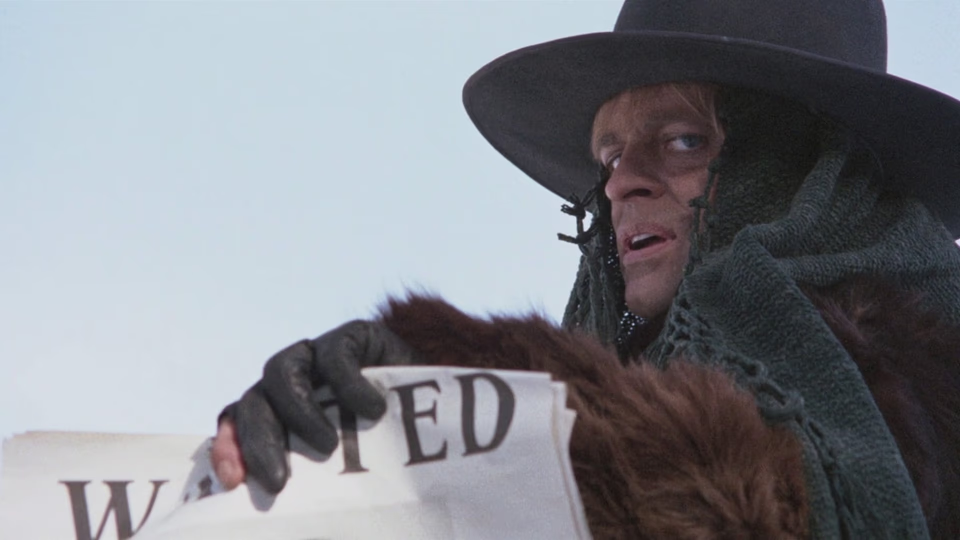The Great Silence

In turn of the century Utah, a mute gunfighter aids the desperate residents of a snow-bound mining town in their struggle with a corrupt businessman and his gang of bounty killers led by Klaus Kinski. Spoilers follow.
On the surface, The Great Silence plays like a well-produced Italian western. We have the archetypal stoic hero known as “Silence,” played by Jean-Louis Trintignant, with a steel gaze and stubbled chin to rival Clint Eastwood. Opposing him, Kinski shines as the sadistic mercenary “Loco.”
The plot follows familiar beats. Our hero arrives and makes quick work of some bad guys who underestimate him. He forges an unlikely relationship with a recent widow, showcasing his vulnerability and providing a weakness for the bad guys to exploit. And exploit it they do, striking back and wounding our hero, which leads to a climactic showdown with Kinski.
But said climax sees director and co-writer Sergio Corbucci upend our expectations and deliver a gut-punch nihilistic ending that reframes everything that came before it.
Consider Corbucci’s opening shot of Silence trudging through the deep snow atop his horse. As Silence emerges from the forest into a clearing, Corbucci pulls back, revealing the clearing as vast, with unbroken snow surrounding Silence.
It’s an impressive shot that conveys the brutality, isolation, and beauty of the landscape. But reframed by the ending, the shot feels like Silence marching into hell, not the fiery one of biblical origin, but a desolate frozen one where death is the only escape. Dark indeed.
I’m eager to revisit this film and hope it receives a UHD upgrade with remastered audio. The English dub features excellent performances but suffers from degraded foley effects. Shots ring out muted and packed with reverb, as though fired in distant bathrooms. The Italian dub has the correct foley sounds but forces the cognitive dissonance of everyone in Utah speaking Italian.